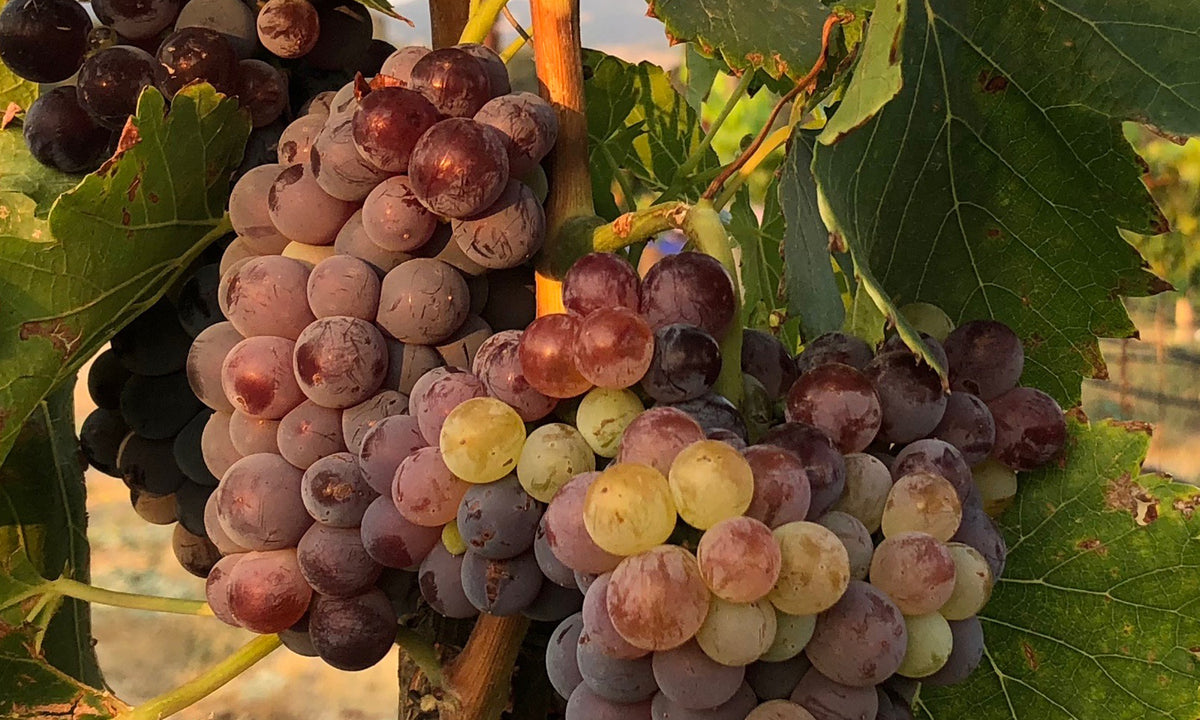Throughout its lifetime, Grenache has seen a range of popularity. One could say that it is a slightly lesser known grape; however, it is not to be underestimated. Grenache is a wine that is adaptable and creates beautiful complexity in the hands of the winemaker. It can be found in a variety of blends but also has the strength to stand alone. While the exact origin of Grenache is not known, experts have discussed the likelihood of Sardinia, an island in the Mediterranean, or Aragón, a region in Spain. Today, Grenache can be found in southern France, southern Italy, northern Spain, Australia, and the United States. Grenache needs a warmer climate and a long time to grow in order to fully ripen.
Grenache is an incredibly fun grape for winemakers. It is versatile and can take on a few different characteristics depending on how it is used. Grenache is known to be approachable and can be enjoyed when it is relatively young. Unlike other varietals, it does not need much aging. From older vines, the grape develops more complex qualities, popularly known in Priorat or Châteauneuf-du-Pape. Some common flavors of Grenache include strawberry, black cherry, and raspberry. Grenache tends to display sweeter profiles. It possesses a light color and typically is in the median, range for both acidity and tannin. Try eating it with foods that can be made with many different herbs: roast meat or veggies.
Grenache is often blended with Mouvèdre and Syrah in France, making the famous Rhône GSM blend. New World producers have been inspired by this blend and have begun to create their own. Both Australia and California have many of their own GSM versions. Try Grenache from a few various regions to see how it changes based on the winemaker and producer.
To learn more about Grenache, explore these links:
https://winefolly.com/deep-dive/grenache-wine/
https://www.winespectator.com/articles/grenache-57807
https://www.vivino.com/grapes/grenache-noir



